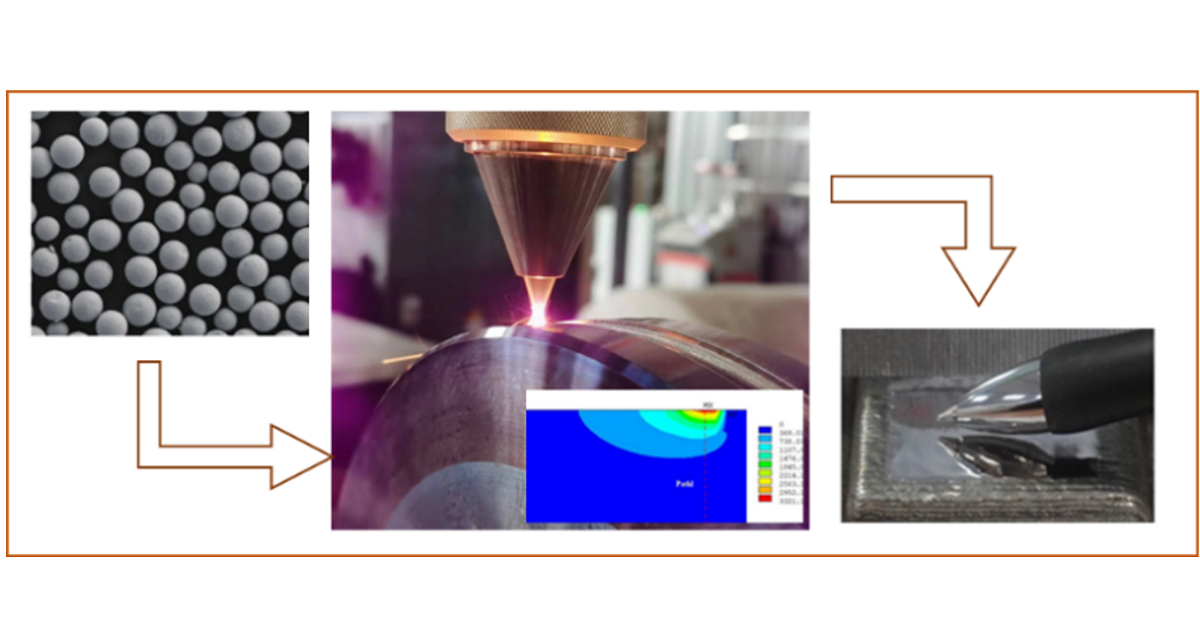Materials, Processing, and Post-treatment for Metal-Based Additive Manufacturing
A special issue of Materials (ISSN 1996-1944). This special issue belongs to the section "Manufacturing Processes and Systems".
Deadline for manuscript submissions: 20 October 2024 | Viewed by 7268

Special Issue Editors
Interests: magnesium alloy; intermetallic compound; superalloy; metal-based composite; surface coating; laser processing; microstructure; mechanical properties
Interests: titanium alloy; explosive welding; surface coating; laser processing
Special Issue Information
Dear Colleagues,
Recently, additive manufacturing (AM) has been widely investigated because of its advantages in the fabrication of components with irregular and complex shapes. Therefore, AM has been applied to fabricate components in the aerospace, medical and automotive fields. However, the rapid fusion and solidification of feeding materials during AM always lead to the formation of metallurgical defects and influence the mechanical properties. In fact, the materials, processing parameters and post-treatments are the main factors of AM fabrication that could affect the microstructure and mechanical properties of as-fabricated components. Therefore, the exploration on the relationship between them is helpful for further improving AM fabrication.
The main aim of the Special Issue is to discuss the effects of the materials, processing and post-treatments of AM on the microstructure and mechanical properties of the components. Research on AM powder or wire, novel AM processing, post-treatments, simulation and mechanism analyses, laser cladding and remanufacturing technology, laser joining, and other related topics are welcome.
Prof. Dr. Liyuan Sheng
Prof. Dr. Hui Zhao
Prof. Dr. Junke Jiao
Guest Editors
Manuscript Submission Information
Manuscripts should be submitted online at www.mdpi.com by registering and logging in to this website. Once you are registered, click here to go to the submission form. Manuscripts can be submitted until the deadline. All submissions that pass pre-check are peer-reviewed. Accepted papers will be published continuously in the journal (as soon as accepted) and will be listed together on the special issue website. Research articles, review articles as well as short communications are invited. For planned papers, a title and short abstract (about 100 words) can be sent to the Editorial Office for announcement on this website.
Submitted manuscripts should not have been published previously, nor be under consideration for publication elsewhere (except conference proceedings papers). All manuscripts are thoroughly refereed through a single-blind peer-review process. A guide for authors and other relevant information for submission of manuscripts is available on the Instructions for Authors page. Materials is an international peer-reviewed open access semimonthly journal published by MDPI.
Please visit the Instructions for Authors page before submitting a manuscript. The Article Processing Charge (APC) for publication in this open access journal is 2600 CHF (Swiss Francs). Submitted papers should be well formatted and use good English. Authors may use MDPI's English editing service prior to publication or during author revisions.
Keywords
- additive manufacturing
- post-treatment
- laser cladding
- laser welding
- numerial simulation
- powders
- coatings








